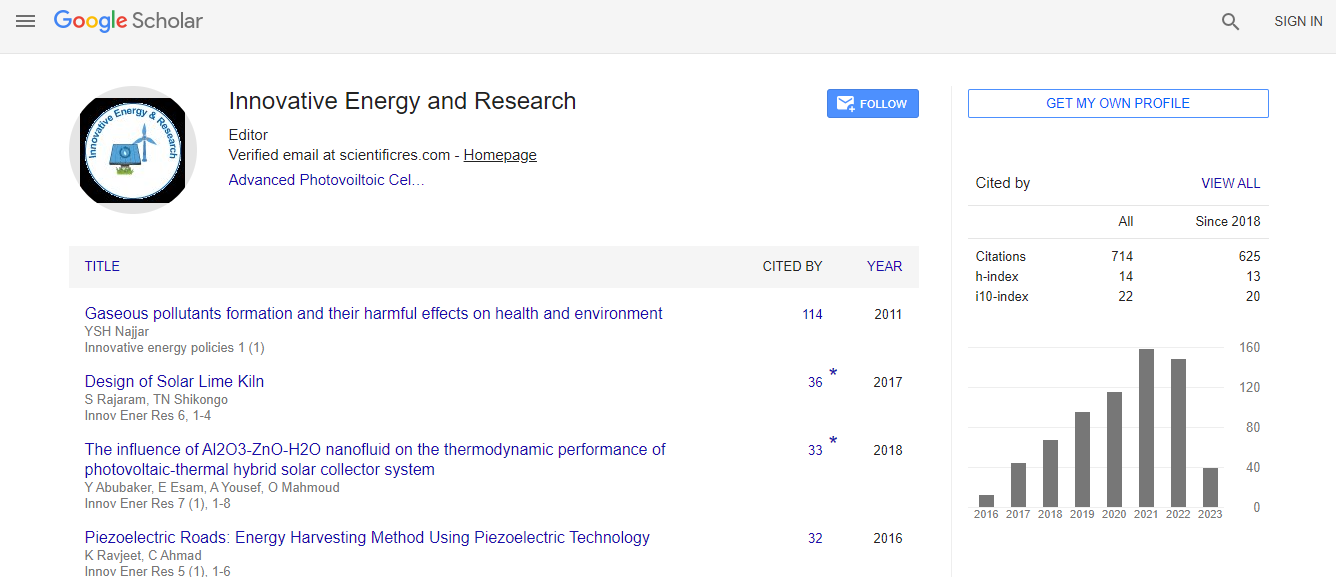Soil Organic Carbon Stock under Different Land Use Types in Kersa Sub Watershed, Eastern Ethiopia
Abstract
Understanding and assessing soil organic carbon stock (SOCS) within the framework of greenhouse gas emissions and land degradation is crucial in combating climate change and enhancing ecological restoration. The goal of this study was to quantify the current SOCS of major land use types in Kersa sub-watershed, eastern Ethiopia. Replicated soil samples from 0–20, 20–40, and 40– 60 cm depth were collected from three major land use types: grazing, cultivated, and fallow lands. Analysis of variance (ANOVA) was used to compare means and Pearson correlation analysis was used to see relationships between selected soil parameters. The results of the study revealed significant (P≤ 0.05) difference in SOCS under the different land use types. Soil under grazing land use type had significantly higher SOCS (42.9 t/ha and 32.9 t/ha) than the cultivated (32.6 t/ha and 26.3 t/ha) and fallow (23 t/ha and
12.5 t/ha) land use types in the surface and subsurface layers, respectively. Soil organic carbon stock decreased with soil depth in all the land use types and showed positive and significant correlation (P≤ 0.05) with clay content, while it was negatively and significantly correlated with bulk density. The results show the potential contribution of vegetation cover as a land use to enhance soil organic carbon sequestration and environmental protection.
The examination was led on significant land employments of Hades sub-watershed in eastern Ethiopia. It is situated at around 401 km away from Addis Ababa along the expressway to Dire Dawa and Harar urban areas. The topographical area of the sub- watershed is 9°12′0″9°19′0′′ N and 41°15′0′′–41°17′0′′ E. The elevation of the examination region goes from 1995 to 2775 m.a.s.l. The precipitation of the territory is described by bi-modular circulation with mean yearly precipitation of 930 mm. The mean yearly temperature of the region goes from 10.3 to 18.9 °C. The Hades backwoods used to cover the majority of the current yield and prairies and espresso agroforestry locales. Right now, the timberland is debased because of persistent aggravation. The leftover prevailing tree species are Afrocarpus gracilior, Croton macrostachyus, Hagenia abyssinica, Schefflera abyssinica, and Prunus africana. The cultivating practice in the zone is blended cultivating whereby the network develops yearly and enduring harvests and oversees animals. The predominant horticultural yields are (Sorghum bicolor), maize (Zea mays), wheat (Triticum aestivum), grain (Hordeum vulgare), and beans (Phaseolus vulgaris). Soil bunds are developed on croplands and espresso agroforestry to subside soil disintegration by water. As indicated by limited scope contemplates did by, the predominant soil types are Leptosols.

 Spanish
Spanish  Chinese
Chinese  Russian
Russian  German
German  French
French  Japanese
Japanese  Portuguese
Portuguese  Hindi
Hindi 
